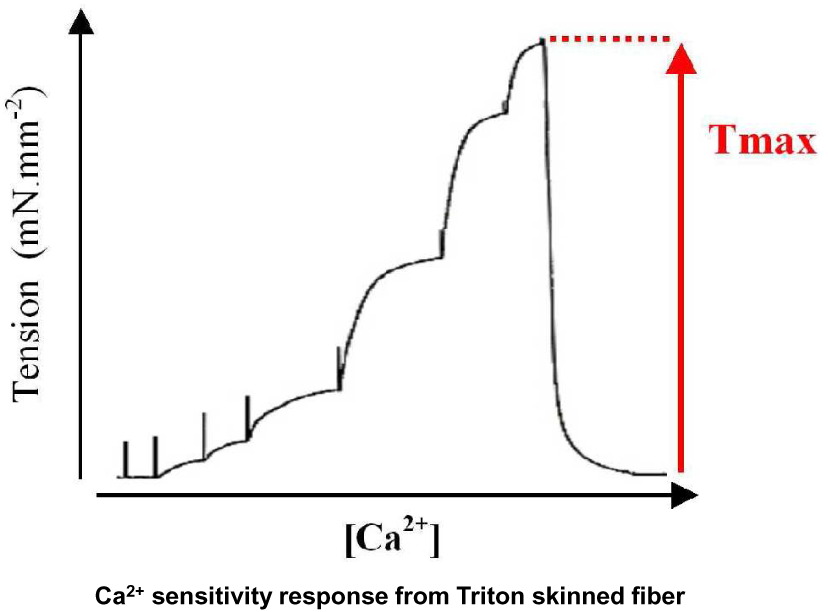

Motor
Muscle & Cognition
Fields of expertise: Force measurements – Muscular contraction – Muscular fatigue – Sarcopenia – Atrophy – Skeletal muscle fibers
You are a pharmaceutical or food industrial
In the context of your new pharmacological molecule development or new food products:
- You are searching for new food supplement, will it be efficient in order to gain strength or improve locomotion?
- Will it lead to a better resistance to muscular fatigue?
- Do you know any potential secondary effect of your molecule on the motor system?
- Are your molecules efficient to improve motor and cognitive functions during sarcopenia?
You are a researcher
You develop new animal models and/or various therapeutic approaches (cellular, genetic or pharmacological).
- Which consequences on motor function could have these new developments?
- You need a functional characterization of your new animal models.
Industry – research partnership
To validate your molecules or food supplements, why not test it on pathological models ? For example : Could a food supplement be more efficient in muscular disorder conditions ?
Muscle force measurements to cognitive function exploration
1 – In vivo and in vitro methods to investigate muscular system from the animal to skeletal muscle fibers
2 – Measurements of muscular force and gait analysis
3 – Complementary methods to explore motor and cognitive functions
Motor Methods
|
Anxiety – Depression – Olfaction Methods
|
Test 1 : Global motor function exploration and general behavior
Mice, rat (control, mdx, denervated, aged)
|
Test 2 : Muscle force measurements
anaesthetized animals
of a limb
longus (edl) muscle (fast twitch muscle) and soleus muscle (slow twitch muscle)
analysis
relationship analysis
|
Test 3 : Contractile properties and calcium homeostasis
Test 4 : Anxiety – Depression – Olfaction Exploration
|




